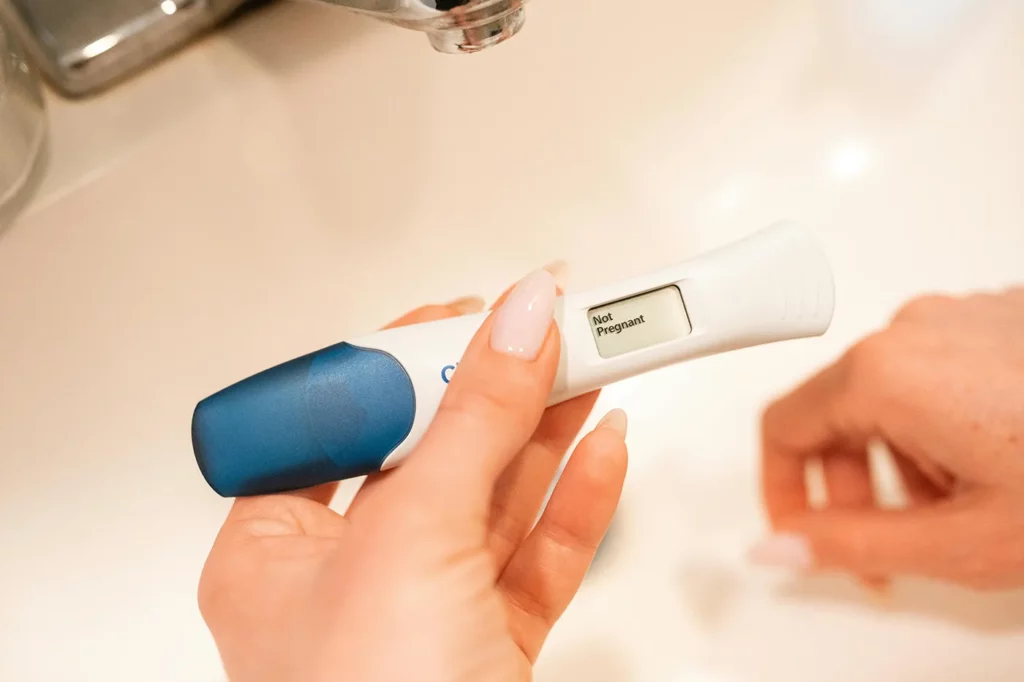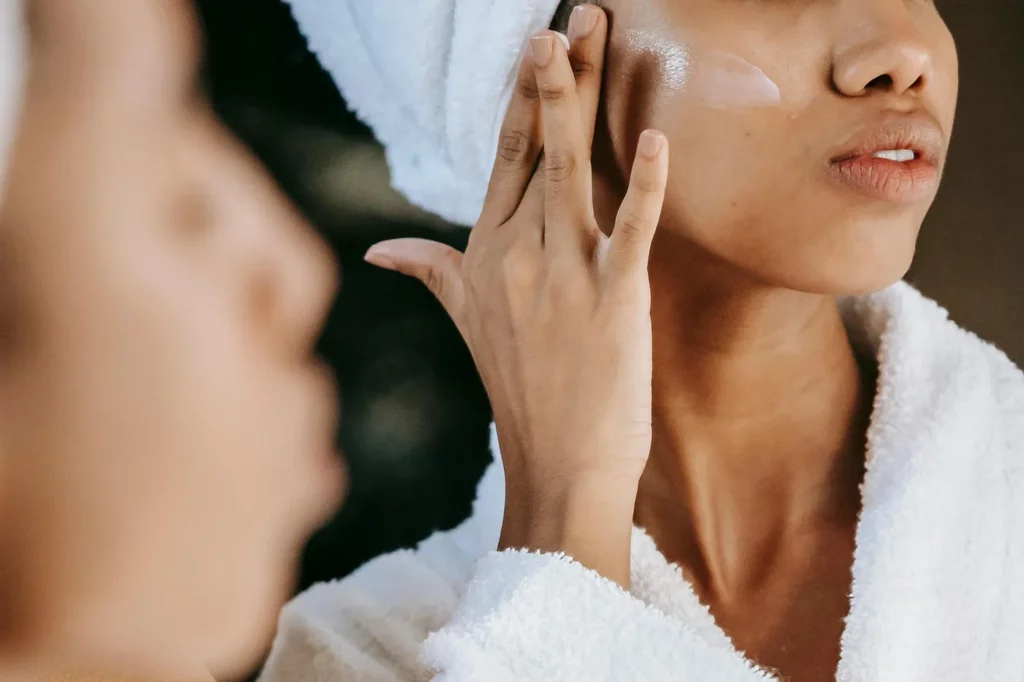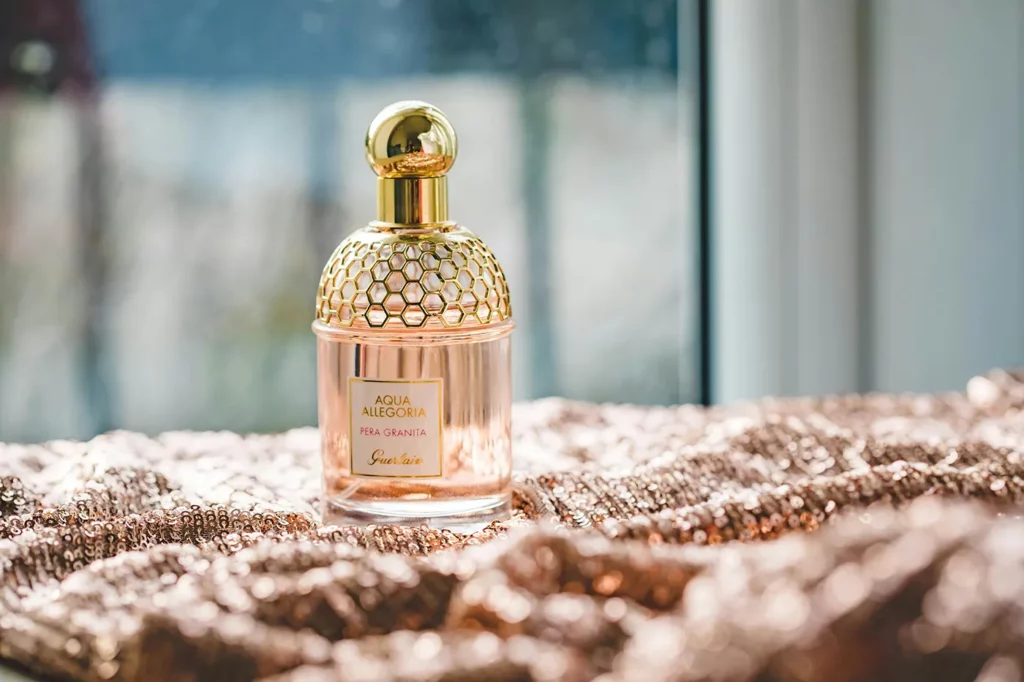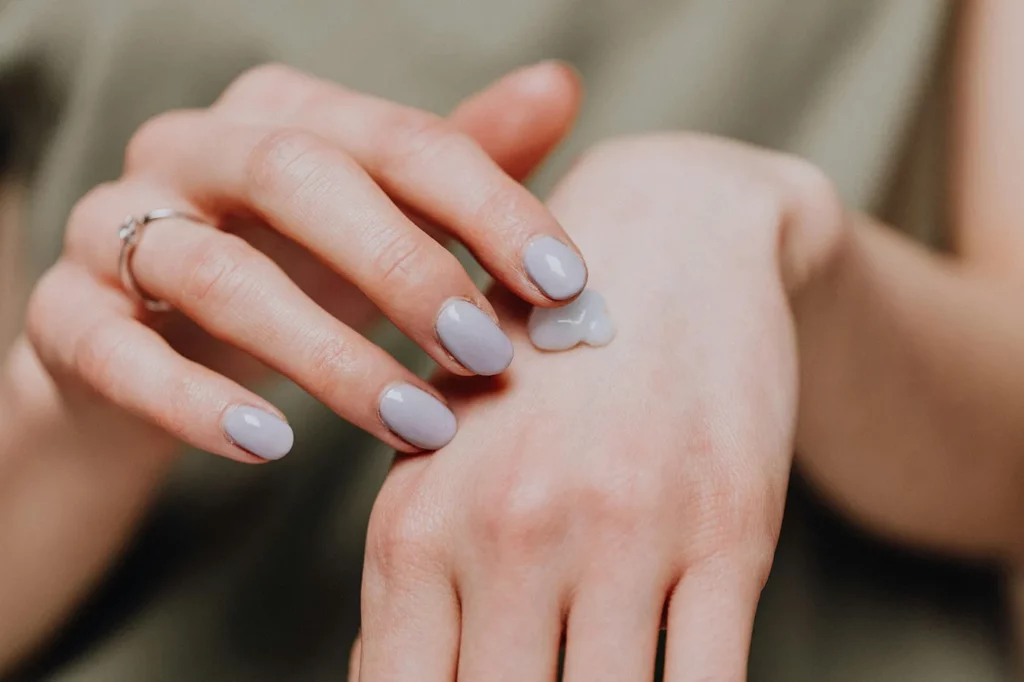This article was medically reviewed by Kimberly Langdon M.D.
Why care now?
“The average adult uses 12 personal care products a day, from shampoos to soaps and deodorants to lipsticks and more. And EWG finds the products could be made with 112 unique chemical ingredients, including some that may pose health risks.” – Source: ewg.org
If you’re anything like me, you’ve long known that skincare products are not created equally and that some are better for you than others. It’s just so easy to stick to the products you know you like and are going to work. The last thing we want is to spend gobs of money to try new products, only to find out we don’t like them or they don’t work.
At this point in my life, I feel like it’s no longer optional to seek out safer skincare products. As I’ve started to learn more about unexplained infertility and its causes, I’m pretty shocked quite frankly that I didn’t know a lot more about the chemicals in products before, and the harmful effects they can have.
Now, I’m getting more educated and sharing what I learn along the way.
Disclaimer: This blog is not intended for medical advice, and it should not take the place of information from your physician or other healthcare provider. Be sure to consult with your trusted healthcare professional with whom you have an established relationship for medical advice specific to you.
Understanding the Most Harmful Skincare Chemicals
When you pick up a skincare product, the ingredient list may seem overwhelming. But hidden within these hard-to-pronounce names are chemicals that can harm your skin and body in ways you might not expect. Some of the most harmful chemicals in skincare products include:
- Parabens: These are preservatives used to prolong shelf life, but they mimic estrogen in the body, leading to hormone imbalances and even breast cancer risks.
- Sulfates: Found in many cleansers and shampoos, sulfates (like Sodium Lauryl Sulfate) are harsh detergents that strip the skin of natural oils, leading to dryness and irritation.
- Phthalates: These chemicals are often found in fragrances and can disrupt hormone production, leading to reproductive issues and other health concerns.
It’s important to be aware of these ingredients and check product labels to avoid them whenever possible. By making simple swaps, you can drastically reduce your exposure to harmful skincare chemicals.
Hormone-Disrupting Chemicals in Skincare

Hormone disruptors, also known as endocrine disruptors, are chemicals that interfere with your body’s hormone systems. Over time, these disruptions can lead to serious health issues, including infertility, cancer, and developmental problems in children. Common hormone-disrupting chemicals found in skincare products include:
- Parabens: These chemicals act as estrogen mimics, which can throw off your body’s natural hormone balance. Studies have linked parabens to breast cancer and reproductive issues.
- Phthalates: Often hidden under the label “fragrance,” phthalates interfere with hormone production and have been linked to fertility problems in both men and women.
- Triclosan: An antibacterial agent found in some soaps and skincare products, triclosan has been shown to disrupt thyroid function and contribute to antibiotic resistance.
Seriously, just look at all the products you currently have on hand, and see how many of them list “fragrance” or “parfum”. They are literally in so many products.
Skin Irritants and Allergens to Avoid

Sensitive skin is more prone to reactions from harsh chemicals. Unfortunately, many common skincare ingredients can cause irritation, redness, and allergic reactions. Some of the top offenders include:
- Sodium Lauryl Sulfate (SLS): A detergent found in cleansers and shampoos, SLS strips the skin of its natural oils and can lead to dryness, irritation, and inflammation.
- Formaldehyde-Releasing Agents: Often used as preservatives, these agents (like DMDM Hydantoin) can trigger allergic reactions and skin sensitivities.
- Fragrance: The word “fragrance” on an ingredient label often masks a cocktail of undisclosed chemicals. Many of these chemicals can cause contact dermatitis, rashes, and allergic reactions.
To avoid these irritants, look for skincare products labeled as fragrance-free, sulfate-free, and formulated for sensitive skin.
The Dangers of Synthetic Fragrances and Dyes

Synthetic fragrances and dyes are widely used in skincare products to make them smell and look more appealing. Don’t get me wrong, I love a great perfume or cologne, but these additives come with significant health risks:
- Synthetic Fragrances: These are linked to headaches, allergic reactions, and even asthma. Worse yet, fragrance formulas are considered trade secrets, so manufacturers aren’t required to disclose all the chemicals they contain.
- Artificial Dyes: Many synthetic dyes are derived from petroleum and coal tar, substances that have been linked to skin sensitivity and potential carcinogens.
To reduce exposure to these harmful additives, choose products with natural essential oils and plant-based colorants. I’ll be diving into dye-free food products in other posts.
How to Choose Non-Toxic Skincare Products

Now that you’re aware of the harmful chemicals in many skincare products, how can you choose safer alternatives? Here are a few tips to help you make the switch:
- Read the Ingredient List: Shorter ingredient lists are usually better. Look for products with simple, recognizable ingredients.
- Avoid “Fragrance”: If you see “fragrance” or “parfum” on the label, put it back on the shelf. Opt for fragrance-free products or those scented with natural essential oils.
- Look for Certifications: Products certified by the Environmental Working Group (EWG), USDA Organic, or labeled as cruelty-free and vegan are often better choices. These certifications can help you identify cleaner, safer products.
- Transition Slowly: You don’t have to replace all your products at once. Start by swapping out the products that cover the most skin, like body lotions, or those that sit on your skin for long periods, like moisturizers.
By being more selective about the skincare products you use, you can minimize your exposure to harmful chemicals and protect both your skin and overall health.
Summing It Up
Your skin is your body’s largest organ, and it absorbs much of what you put on it. It’s now pretty mainstream to think about the foods and what you’re putting in your body. But I think the discussions about what you’re putting on your body are less commonplace.
Start by swapping out just a few harmful products for cleaner, non-toxic alternatives.
Have a few favorite clean skincare products you use already? I’d love to hear about them in the comments.
Additional Resources
- The Campaign for Safe Cosmetics – Parabens and their effect on hormones
- National Library of Medicine – Sodium Lauryl Sulfate as an irritant
- National Institutes of Health (NIH) – Phthalates and their impact on health
- Environmental Working Group (EWG) – Fragrance ingredients and their risks
- U.S. Food and Drug Administration (FDA) – Formaldehyde in cosmetics
- Environmental Working Group (EWG) – The Toxic Twelve Chemicals and Contaminants in Cosmetics
- Minimalist – Dyes in Skincare Products: Types & Effects


